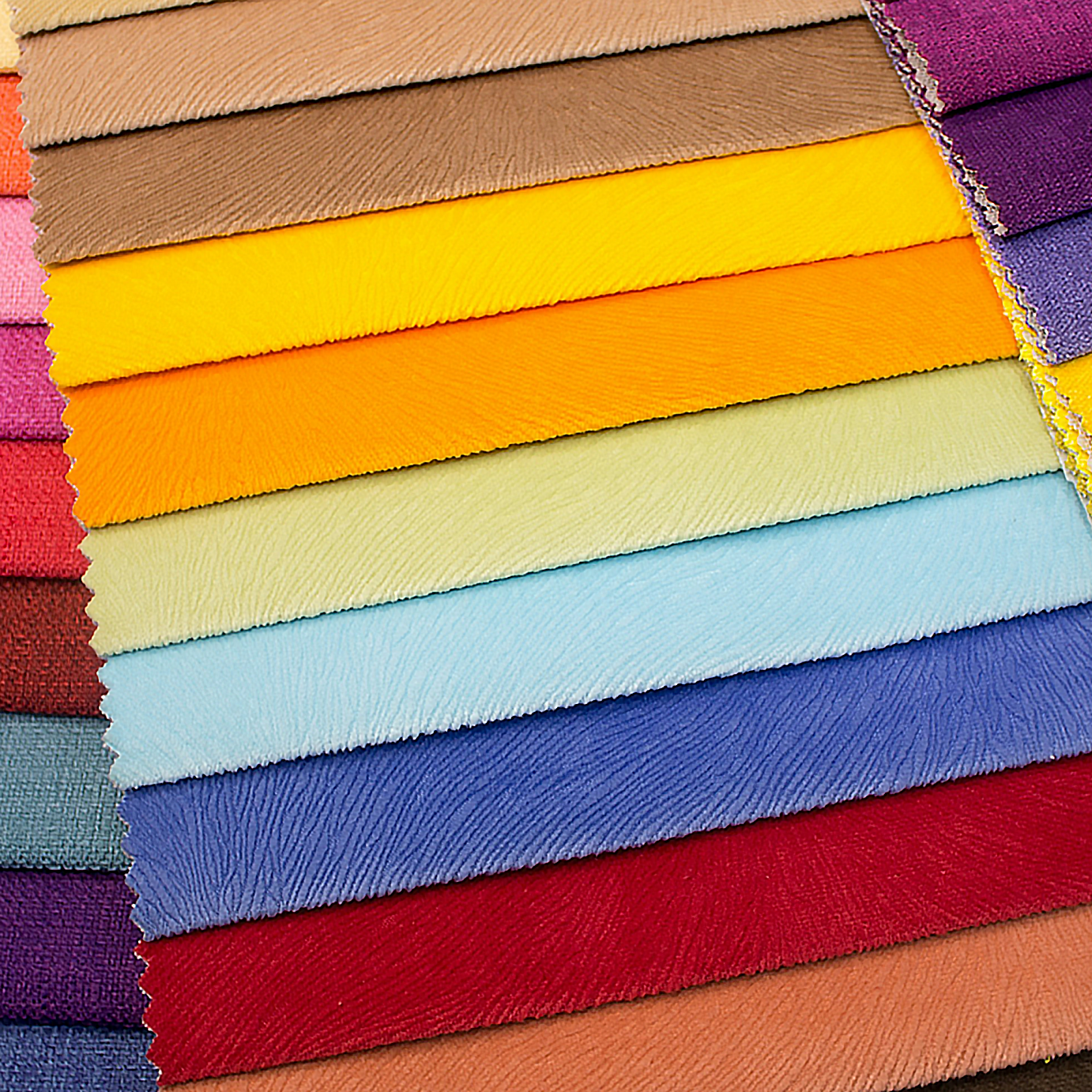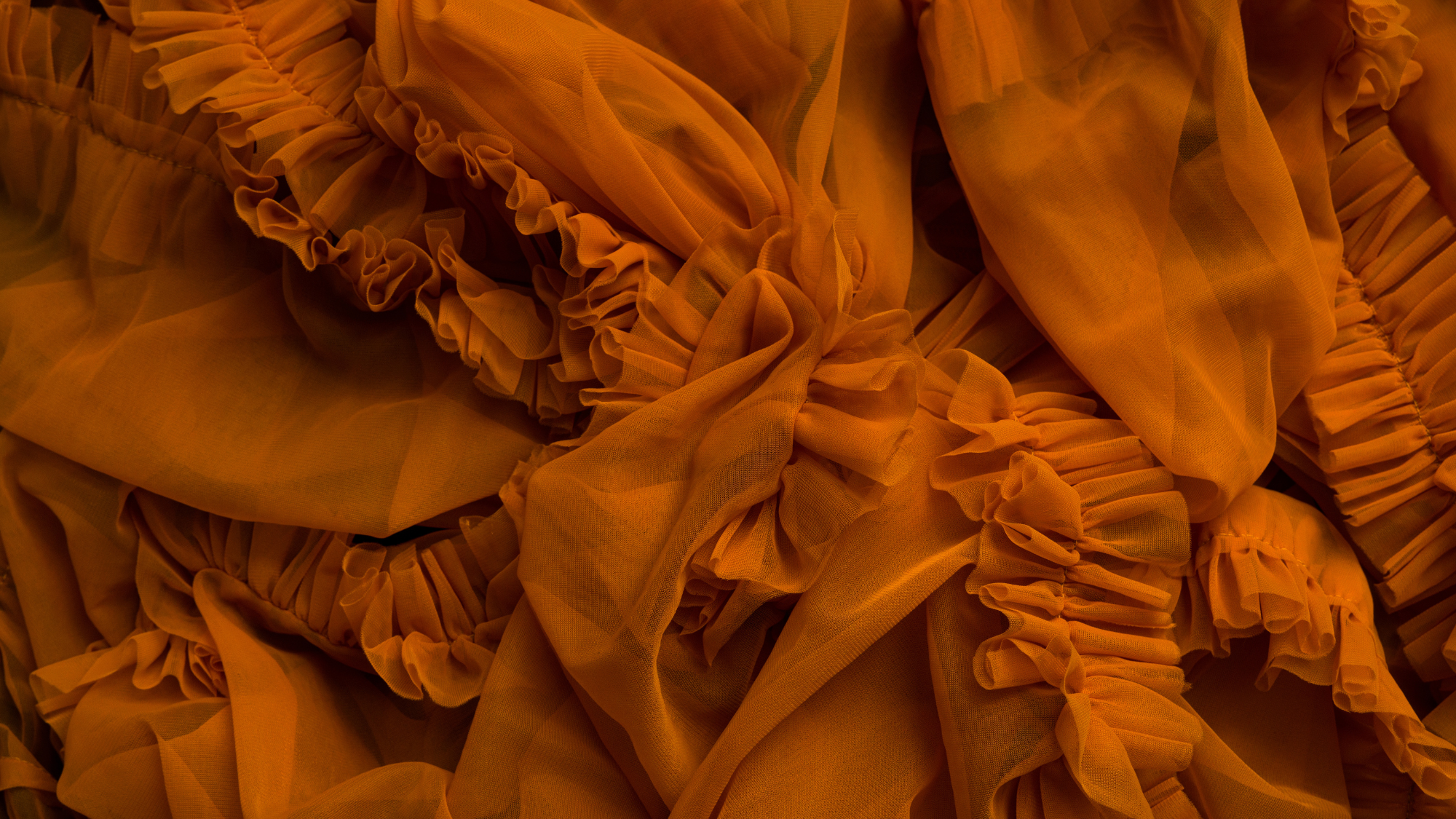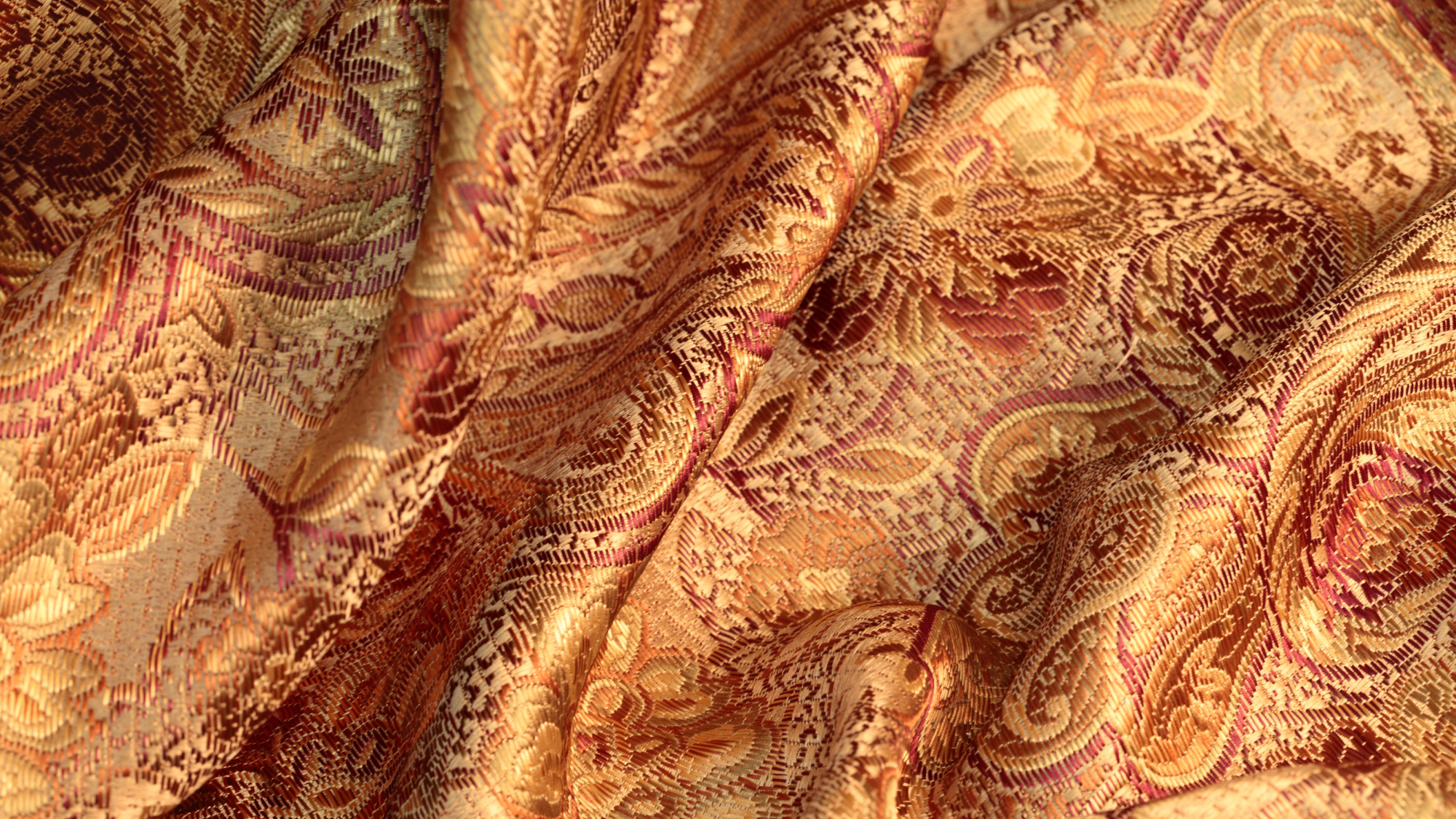Fall has arrived, and with it comes fun new DIY projects. If you’re making your very own jacket this season, you may be stumped on what fabric to buy. Here are some of the warmest, most popular, and most durable fabrics for DIY jackets.

What kind of fabric should I use for a DIY jacket?
When making a DIY jacket, choosing the right fabric is crucial for both the aesthetics and functionality of your project. The best fabric for your jacket will depend on the style you want, the season you plan to wear it in, and your sewing skills. Here are some popular fabric options for DIY jackets, depending on your needs.
-
Denim: Denim is a classic choice for a casual and versatile jacket. It's durable and works well for cooler weather.
-
Corduroy: Corduroy is a thick fabric with a soft, ribbed texture. It's suitable for jackets that provide warmth and comfort during the fall and winter months.
-
Wool: Wool is an excellent choice for winter jackets, offering both warmth and style. There are various types of wool, including tweed, melton, and boiled wool, each with its unique characteristics.
-
Fleece: Fleece is a warm and cozy fabric ideal for making jackets for chilly weather. It's also relatively easy to sew.
-
Faux Leather or Leather: If you're looking to make a stylish, edgy jacket, faux leather or real leather can be a great option. Keep in mind that sewing leather can be more challenging, so you may want to practice on scrap pieces first.
-
Satin or Silk: For dressier jackets or lightweight evening jackets, satin or silk can be a luxurious choice. These fabrics can add elegance and shine to your garment.
-
Nylon or Ripstop: If you're planning to make a functional, weather-resistant jacket, consider using nylon or ripstop fabric. These materials are often used for outdoor and sportswear.
-
Polyester Blends: Fabrics made from polyester blends, such as polyester/cotton or polyester/nylon, can offer durability, wrinkle resistance, and colorfastness.
-
Neoprene or Scuba: Scuba is a synthetic rubbery fabric known for its durability and resistance to moisture. It's often used in wetsuits and water-resistant jackets.
-
Knits: Knit fabrics, like jersey or sweatshirt fleece, are comfortable and flexible, making them suitable for casual or activewear jackets.
-
Linen: Linen is a breathable fabric ideal for spring and summer jackets. It has a natural, relaxed look that's perfect for warm-weather styles.
- Twill: Twill fabrics, like chino or gabardine, are versatile and can work for a variety of jacket styles. They are durable and have a subtle diagonal weave.
When choosing your fabric, consider the weight, drape, and stretch (if any) of the material to ensure it suits your intended design.

Zelouf Solid Acetate Spandex Satin in China Blue
What is the most durable fabric for a jacket?
Durable fabrics like scuba, polyester blends, nylon, and PU-coated fabrics are essential for jackets, as they need to withstand wear and tear, particularly in outerwear designed for challenging conditions or outdoor activities. When selecting a durable fabric for your jacket, consider the specific requirements of your intended use and the climate in which you'll be wearing it. Keep in mind that while these fabrics are known for their durability, proper construction and care also play a significant role in the longevity of your jacket.
Can you coat fabric to make it waterproof?
Yes, you can coat fabric to make your DIY jacket waterproof. There are several methods and products available to achieve this, like spray-on waterproofing, wax coating, and waterproofing dips.
It's essential to follow the manufacturer's instructions when applying any waterproofing product to ensure the best results. Keep in mind that while these coatings can make fabric water-resistant or waterproof to varying degrees, they may alter the texture and breathability of the material. Additionally, over time and with wear, the effectiveness of the coating may diminish, and reapplication may be necessary to maintain waterproofness.
What material should I use for a jacket lining?
The choice of material for a jacket lining depends on several factors, including the jacket's style, intended use, and personal preferences. Here are some common lining materials and their characteristics to help you make an informed decision:
-
Rayon: Rayon is a popular jacket lining material. It has a silky texture, is breathable, and drapes well.
-
Polyester: Polyester lining is durable, budget-friendly, and widely available. It comes in various weights and textures, allowing you to choose a suitable option for your jacket. Polyester linings are easy to care for and resist wrinkles.
-
Acetate: Acetate lining has a smooth surface and a shiny appearance, making it a good choice for formal and dressy jackets. However, it can be less durable than some other lining materials and may not breathe as well.
-
Satin: Satin linings are luxurious and often used in formal and eveningwear jackets. They have a shiny finish and a smooth feel, adding a touch of elegance to your garment. Satin can be made from various fibers, including silk, acetate, or polyester.
-
Cotton: Cotton linings are breathable and comfortable. They are often used in lightweight jackets, such as spring or summer styles. Cotton linings can be plain or patterned, adding versatility to your design.
-
Viscose: Viscose linings are soft, comfortable, and breathable. They drape well and are often used in a range of jacket styles, from casual to formal.
- Nylon: Nylon linings are lightweight and moisture-wicking, making them suitable for active or sporty jackets. They help wick away moisture and keep you comfortable during physical activities.
When selecting a lining material, consider the climate in which you'll be wearing the jacket, the jacket's style and purpose, and your personal comfort preferences. Additionally, make sure the lining complements the outer fabric in terms of color, texture, and overall aesthetic.
How much fabric do you need to make a jacket?
The amount of fabric you need to make a jacket can vary widely based on several factors, including the jacket's style, size, design features, the width of the fabric, and the fabric's pattern or nap (if applicable). To determine the exact fabric yardage for your specific jacket project, you should consult the pattern you are using (if any), as it will typically provide fabric requirements.
Keep in mind that it's always a good idea to purchase a little extra fabric (usually 10-15% more) than the pattern recommends to account for any mistakes, pattern adjustments, or future repairs. It's easier to have extra fabric on hand than to run out during the sewing process.
Where can I buy fabric to make a jacket?
At Zelouf Fabrics, we offer thousands of selections of durable fabrics, perfect for DIY jackets. Visit our website to shop our bestsellers today!




